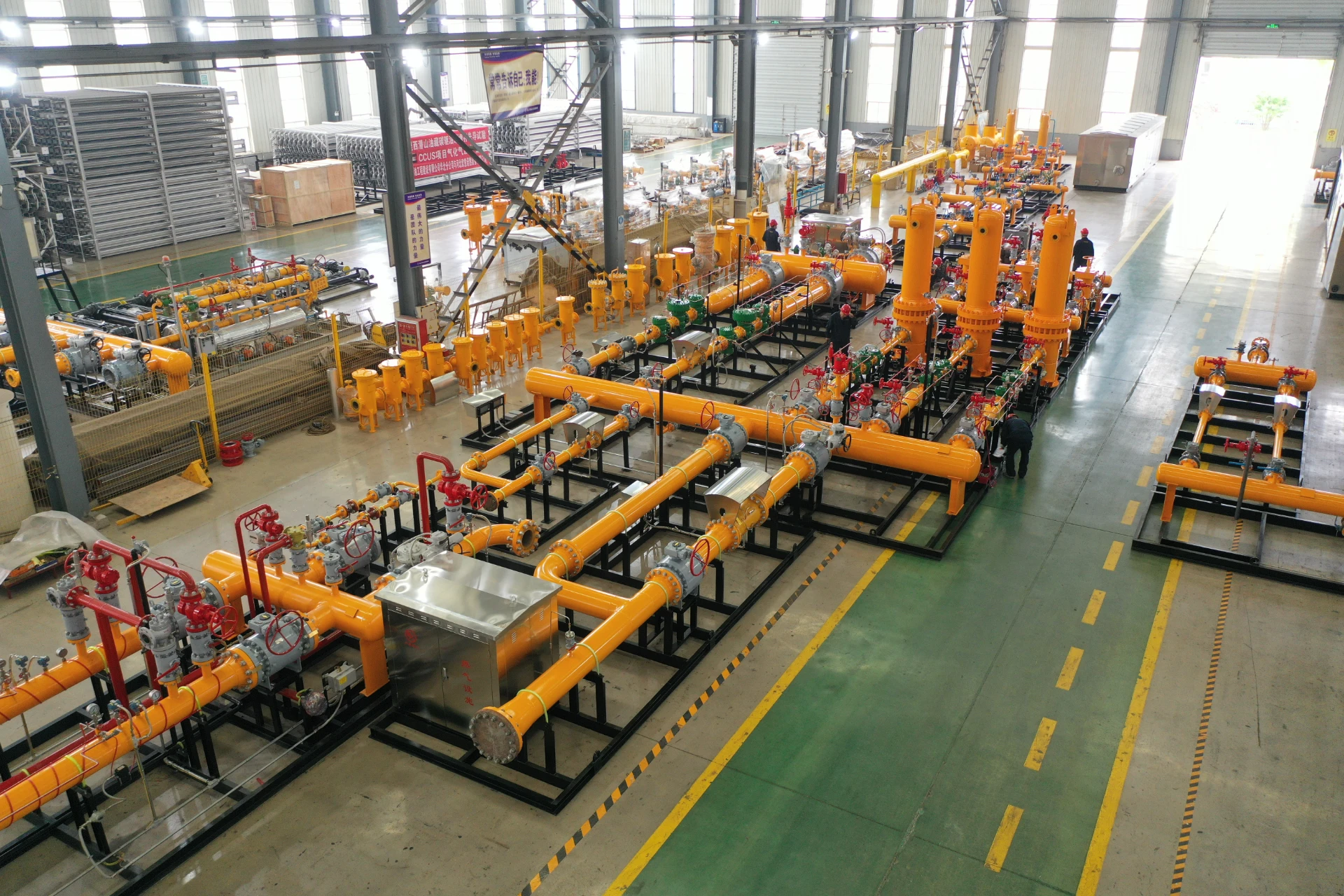
Sep . 24, 2024 02:46
Back to list
Understanding Pressure Regulation Devices for Effective Flow Management and Safety Compliance
Understanding Pressure Reducing Devices Importance and Applications
Pressure reducing devices play a critical role in various industrial and domestic applications where regulating fluid pressure is essential. These devices are designed to manage and maintain a specific pressure level within a system, preventing damage to plumbing and equipment, reducing energy consumption, and ensuring the safety of operations.
What Is a Pressure Reducing Device?
A pressure reducing device, often referred to as a pressure regulator or pressure reducing valve, is a mechanical instrument that reduces the pressure of a fluid from a high-pressure source to a lower, controlled pressure. The device functions by using a spring-loaded mechanism, which adjusts the flow of the fluid to maintain the desired output pressure, regardless of fluctuations in the inlet pressure.
How Do Pressure Reducing Devices Work?
The fundamental operation of a pressure reducing device involves sensing the downstream pressure. When the pressure exceeds a predetermined level, the adjustment mechanism reacts by restricting the flow, hence reducing the output pressure. Conversely, if the pressure drops below the desired level, the device allows more fluid to pass through, ensuring a consistent pressure supply. This precise control is critical in applications ranging from household water systems to complex industrial processes.
Importance in Various Industries
1. Water Supply Systems In municipal water systems, pressure reducing devices are vital to managing the pressure of the water supplied to homes and businesses. High pressure can cause leaks, bursts, and damage to fixtures, so these devices ensure that the water reaches consumers at safe, usable pressure levels.
pressure reducing device

2. Gas Distribution In natural gas distribution, pressure regulators are critical to delivering gas at safe pressure levels. They prevent excess pressure from reaching household appliances, minimizing the risk of leaks and explosions.
3. Industrial Applications Many industrial processes require precise pressure control to operate safely and efficiently. Pressure reducing devices are used in various sectors, including chemical manufacturing, oil and gas, and food processing, where maintaining the correct pressure is essential for product quality and safety.
4. HVAC Systems In heating, ventilation, and air conditioning (HVAC) systems, pressure reducing devices help regulate the flow of refrigerants and maintain appropriate system pressures, improving energy efficiency and enhancing comfort.
Benefits of Using Pressure Reducing Devices
The advantages of employing pressure reducing devices extend beyond mere pressure control
- Safety By stabilizing pressure levels, these devices significantly reduce the risk of equipment failure and accidents. - Cost Efficiency Consistent pressure management lowers energy consumption and mitigates wear and tear on appliances, ultimately leading to cost savings in maintenance and utility bills. - System Longevity By preventing pressure surges and fluctuations, pressure reducing devices enhance the lifespan of plumbing and piping systems, which can be costly to repair or replace.
Conclusion
In conclusion, pressure reducing devices are essential components in many systems that handle fluids. Their ability to maintain safe and consistent pressure levels underscores their importance in various applications, from residential water systems to complex industrial operations. As fluid dynamics continue to advance, the development and integration of effective pressure regulating technologies will remain crucial for safety, efficiency, and reliability in our daily lives. By investing in high-quality pressure reducing devices, industries and households alike can ensure operational integrity and long-term sustainability.
Latest news
-
Safety Valve Spring-Loaded Design Overpressure ProtectionNewsJul.25,2025
-
Precision Voltage Regulator AC5 Accuracy Grade PerformanceNewsJul.25,2025
-
Natural Gas Pressure Regulating Skid Industrial Pipeline ApplicationsNewsJul.25,2025
-
Natural Gas Filter Stainless Steel Mesh Element DesignNewsJul.25,2025
-
Gas Pressure Regulator Valve Direct-Acting Spring-Loaded DesignNewsJul.25,2025
-
Decompression Equipment Multi-Stage Heat Exchange System DesignNewsJul.25,2025

